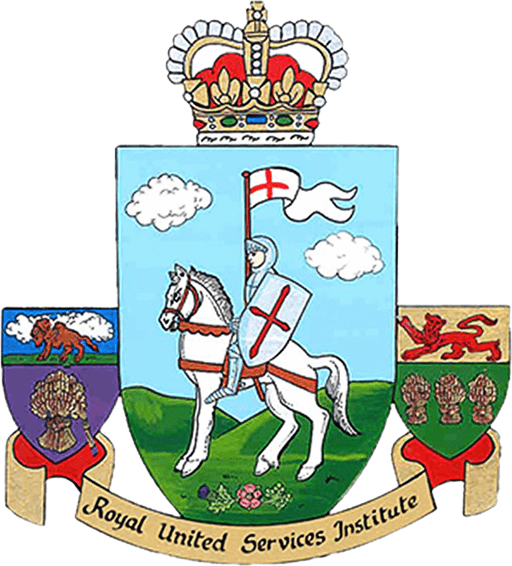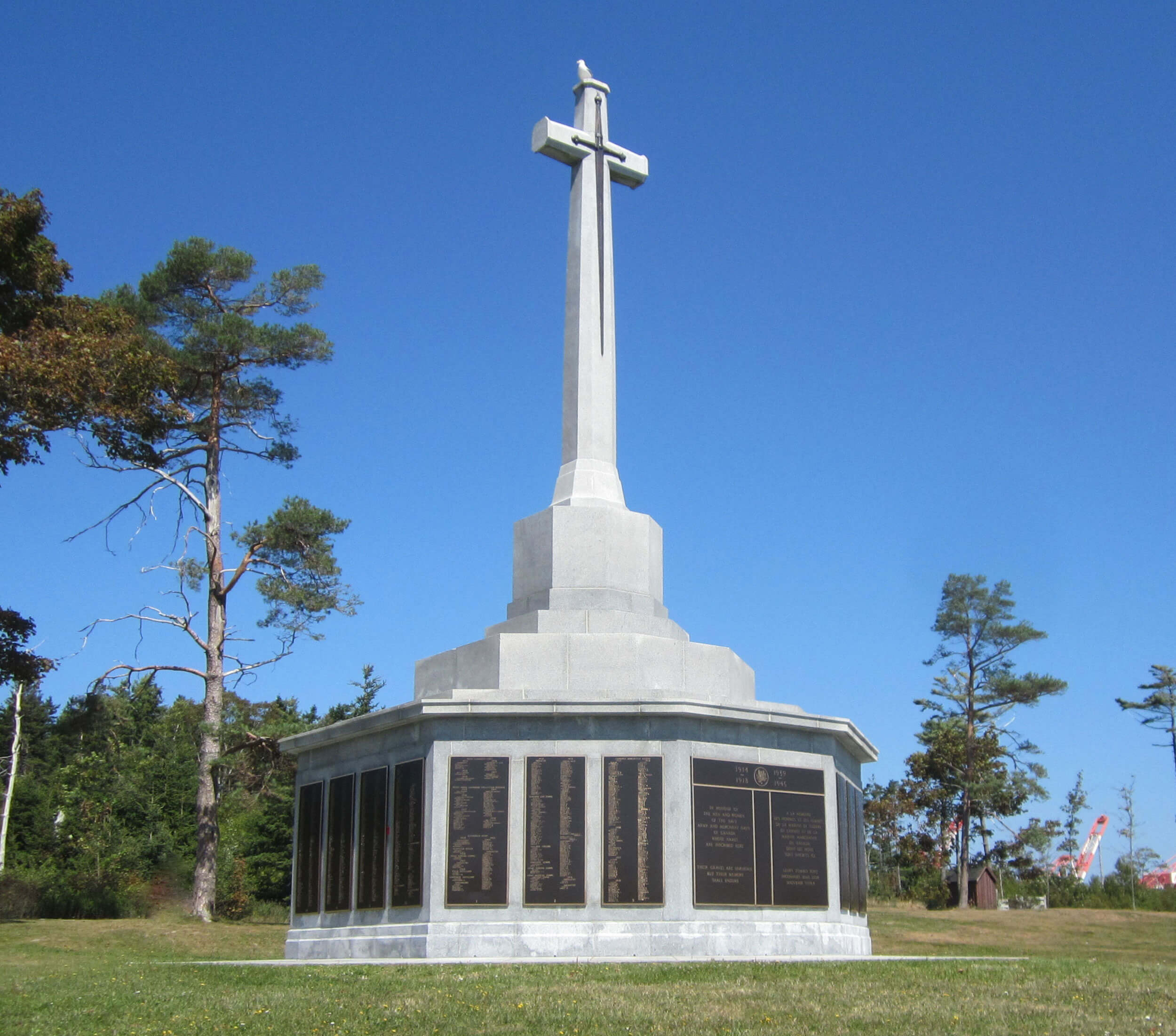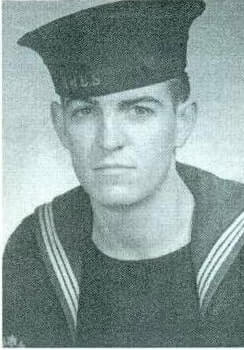Lasting almost the entirety of the Second World War, the Battle of the Atlantic was one of the most important campaigns in Canadian naval history. Both on sea and in the air, Canadians were instrumental in the eventual Allied victory in 1945.
The Battle of the Atlantic spanned from the eastern shores of North America to the shores of the United Kingdom. The threat of German submarines, or “U-Boats”, was a threat that encompassed this entire area.
At first, Canada had a very small navy, but the ships they did have helped create supply lines and provided transportation for the other allies. After undergoing a mass production of warships known as corvettes, Canada further engaged in fighting against enemy ships.
(Photo: HMCS Regina K234)
Life at sea was always a varied experience. For those from the prairies, the alien environment of the Atlantic was frightening to some and engaging to others.
While the Canadian Navy was modeled after the hierarchical British ranking system, many higher-ranking individuals would treat the rest of their crew as equals. Often, officers would engage in activities such as watching films, reading literature, and playing games with the rest of the crew. These were a large part of how many passed the time on these long voyages, which could last multiple months.
In the crowded spaces below deck, the galley welcomed sailors coming in from cold, wet outdoor duties or standing a long watch. Here they found food and a warm gathering place. This differed from soldiers fighting on land, where shelter and provisions could often be hard to find.
During the Battle of the Atlantic, sailors were tasked with various jobs such as navigation, cooking, and communication. Combat roles such as maintaining depth charges, manning naval guns, and operating sonar were also necessary on these ships.
In cold North Atlantic weather, coverings of ice would form on these ships. Seamen were tasked with removing the ice so the ship could sail effectively and operate at top performance.
Signalmen were well-trained in naval communication and Morse code. They used flags, lights, and radios to communicate among ships, aircraft, and shore.
Engineers maintained the ship’s engine and mechanical systems. The heavy fumes of oil and gas in the enclosed spaces were often dangerous.
Claustrophobia was caused by living in these confined spaces for long periods of time. This was a fear that many had to overcome.
Many crew members also experienced agoraphobia, the fear of being overwhelmed by the vast ocean. Part of this was the thought of being lost in the seemingly endless ocean around them. Additionally, the chance of being attacked by U-Boats was a very real possibility. Some ways that sailors dealt with this were by training, routine work, and reliance on their shipmates.
(Photo: Large convoy of merchant ships)
Another aspect of the naval battles that differs from other sectors of the armed forces is the number of naval personnel whose bodies were not recovered or brought home, instead being buried or lost at sea. This led to many going without proper commemoration after their passing.
(Photo: The Halifax Memorial)
More than 100,000 lives were lost in the Battle of the Atlantic. Of these, approximately 72,000 were those of allied forces, including more than 4,000 Canadians.
Quote by LCDR Douglas Meredith
Robert Grant was born in Regina in 1921. Joining the navy as a Seaman, he eventually served on HMCS St. Hyacinthe as a Signalman. Throughout the war, he aided in over 40 escort missions. On the 25th of November, 1944, Grant and the entire crew serving aboard the HMCS Shawinigan perished after it was torpedoed and sunk by a German U-boat.
Sources
- Dubreuil, Brian and W.A.B. Douglas. “Battle of the Atlantic“. The Canadian Encyclopedia, 22 November 2020, Historica Canada. Accessed 31 January 2024.
- Dubreuil, Brian and W.A.B. Douglas. “Battle of the Atlantic“. The Canadian Encyclopedia, 22 November 2020, Historica Canada. Accessed 09 February 2024.
- Canada.ca Editors. “The Battle of the Atlantic, 1939 to 1945.” Canada.Ca, Government of Canada, 24 May 2018.
- Kenneth McCaw
Media
- The Spring Board by John Horton
- https://www.canada.ca/en/navy/services/history/naval-service-1910-2010/battle-atlantic-1939-1945.html
- https://www.shipsnostalgia.com/media/hmcs-regina-k234.14535/full
- https://maritimemuseum.novascotia.ca/event/significance-battle-atlantic-and-hmcs-sackville-canada
- Library and Archives Canada Photo, MIKAN No. 3201113
- Library and Archives Canada Photo, MIKAN No. 3525063
- Lt Gilbert Alexander Milne / Canada. Dept. of National Defence / Library and Archives Canada / PA-16129
- https://www.canada.ca/en/navy/services/history/naval-service-1910-2010/battle-atlantic-1939-1945.html
- Library and Archives Canada Photo, MIKAN No. 3571772
- Library and Archives Canada Photo, MIKAN No. 3566836
- National Archives of Canada, PA-139273.
- https://commons.wikimedia.org/wiki/User:Cobatfor
- https://hmhps.ca/sites/halifax-memorial
- George Metcalf Archival Collection, No. 20000224-028_7
- https://www.veterans.gc.ca/eng/remembrance/memorials/canadian-virtual-war-memorial/detail/2558297
Audio: Canadian Armed Forces
Written by: Mason Hausermann & Eric Salminen Villarmin, of the University of Regina.


